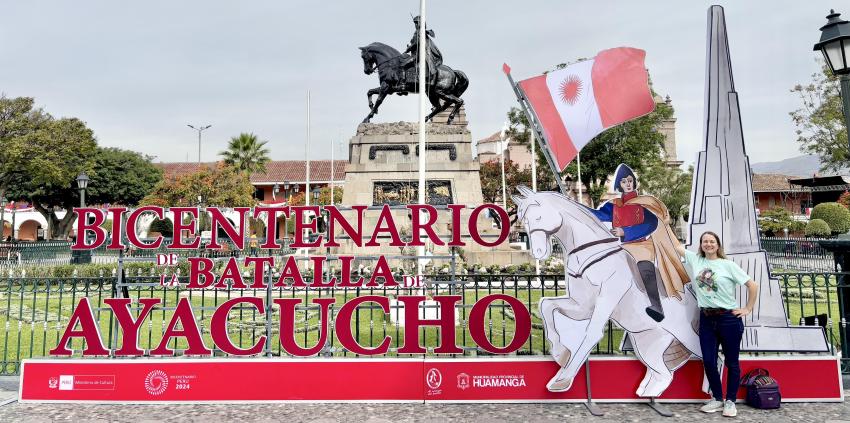Ayacucho
Since 20,000 BCE

This small city is a great base for visiting the surrounding Andes. Its history includes roots for both the Quechua and Wari cultures. During colonial times, it was named “San Juan de la Frontera de Huamanga” from 1540–1825.
1824
It is famous as the site of the 1824 battle when the Spanish army surrendered unconditionally, solidifying the independence that Peru had claimed in 1821. The city markets itself as the “birthplace of Peru” for its role in independence.

5 days in Ayacucho
Read my blog on my visit to Ayacucho, with a suggested 5-day itinerary. I highly recommend visiting the battle site, which is usually bundled with the archeological Wari site in the Pampa de la Quinua & Wari tour.
Vilcashuamán tour